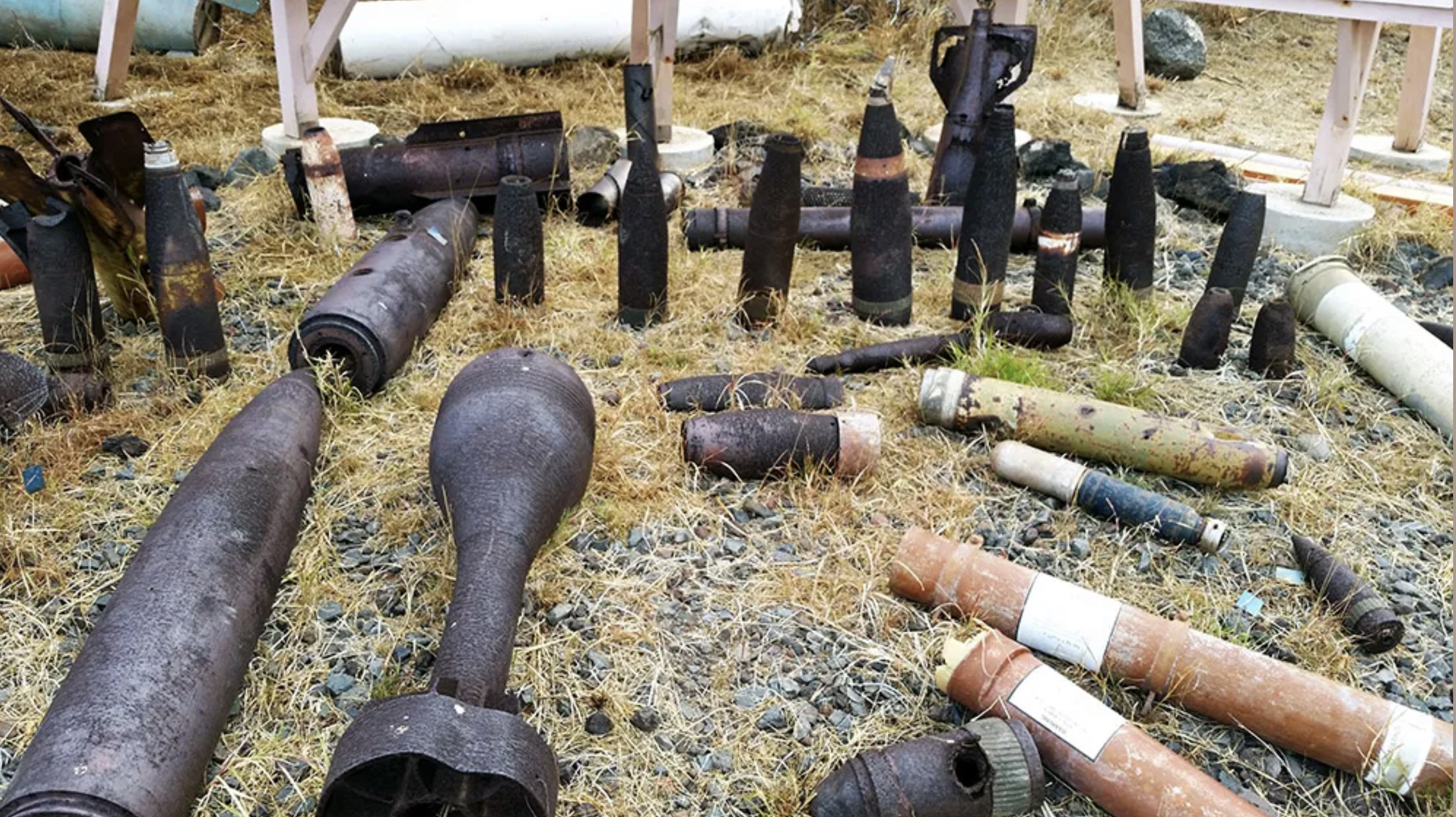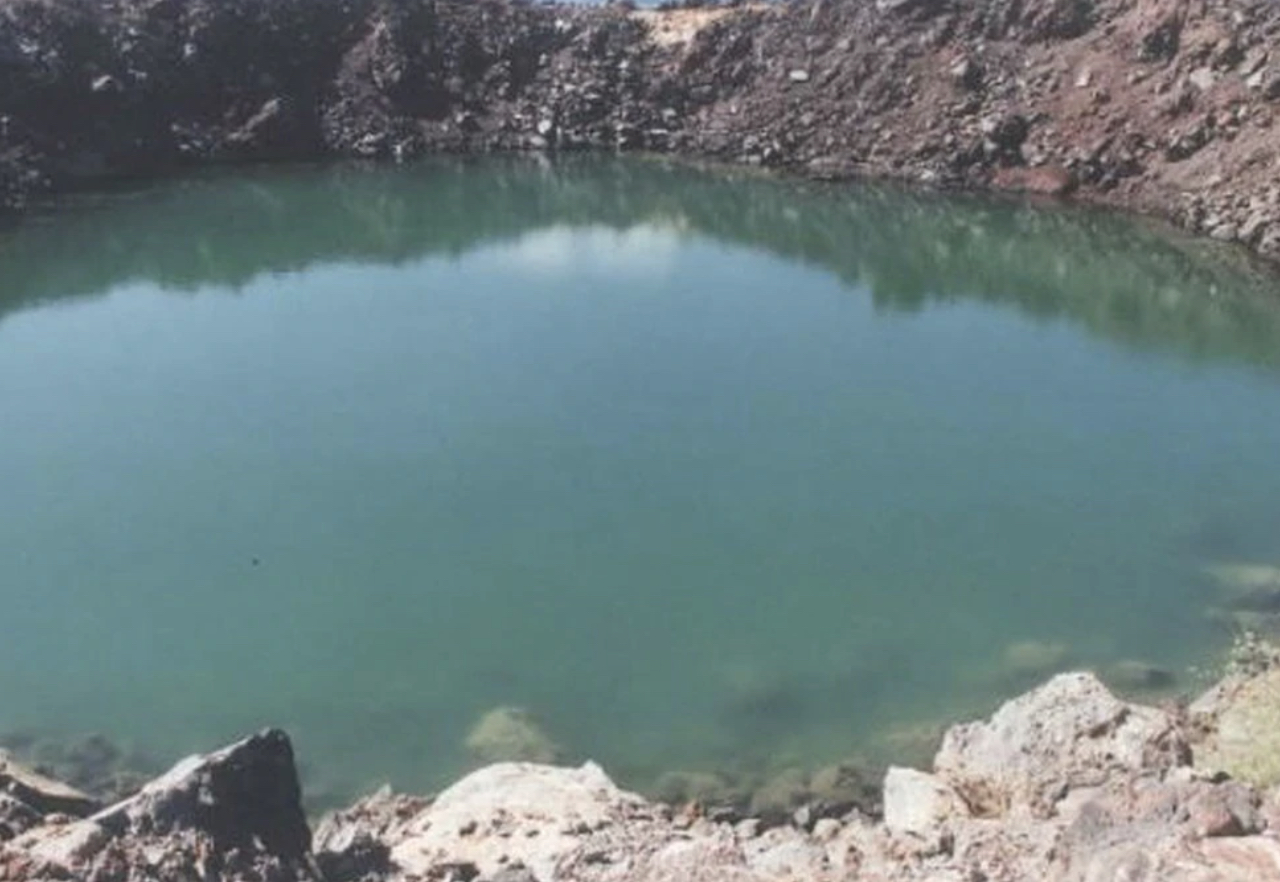
Unexploded Ordnances on Kaho'olawe, Island Conservation
"We came and we saw this crater and it was like, we couldn't believe our eyes that a bomb could do that."
~ Walter Ritte, restoration activist

Unexploded Ordnances on Kaho'olawe, Island Conservation
From 1832 to 1853, Kaho’olawe was used as a penal colony, and from 1858 to 1941, the government issued ranch leases for the island, resulting in animals grazing the land and a loss of soil from erosion. Since 1925, the unpopulated island of Kaho'olawe was used to practice various military maneuvers, turning the sacred Hawaiian island into a bombing range designated as the "Target Island".
"We must stop the U.S. Navy's desecration of the remnants of Hawai'i culture and religion remaining on Kaho'olawe to insure that other generations may understand and appreciate our people."
~ Francis Ka'uhane, member of Protect Kaho'olawe Ohana
The executive order signed by Eisenhower gave the navy permission to use the island for bombing practices.
Document retrieved from book Na Mana'o Aloha O Kaho'olawe by Walter Ritte Jr. and Richard Sawyer

"I had never seen such destruction of land before and just waste and bombs all over the place. All the bay all around Kaho'olawe were just darkened with red mud."
~ Dr. Emmet Aluli, a member of the Protect Kaho'olawe Ohana
Operaton Sailor's Hat was the most infamous bombing practice the navy conducted. It was a series of three detonations, all with an explosive charge of 500 tons of TNT. They reminded the Hawaiians of the destruction of this sacred island. The result was a large crater that currently serves as a permanent reminder of the impact the Navy had on Kaho’olawe prior to when the frontier was crossed. This upset them and provided a final push to start fighting for the island in the hopes that Hawaiian culture could be restored.

Sailor's Hat Crater, Kalei Tsuha
"Tears will come to your eyes as your heart swells with anguish to see man's riduculous and stupid reasoning at work as he continues to bleed Kaho'olawe to death with bombs."
~ Walter Ritte, member of the Protect Kaho'olawe Ohana